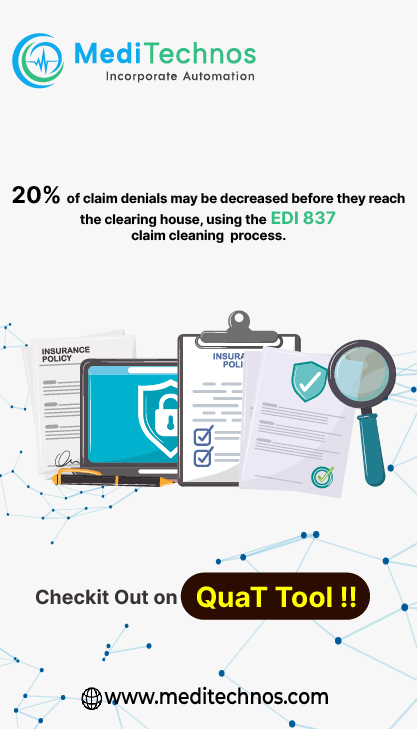Diseases of the blood and blood-forming organs and certain disorders involving the forming organs and certain disorders involving the forming organs and certain disorders involving the immune mechanism (D50- immune mechanism (D50-D89)
Iron deficiency anemia (D50)
Iron deficiency anemia secondary to blood loss (chronic) (D50.0)
Sideropenic dysphagia (D50.1)
Other iron deficiency anemias (D50.8)
Iron deficiency anemia, unspecified (D50.9)
Vitamin B12 deficiency anemia (D51)
Vitamin B12 deficiency anemia due to intrinsic factor deficiency (D51.0)
Vitamin B12 deficiency anemia due to selective vitamin B12 malabsorption with proteinuria (D51.1)
Transcobalamin II deficiency (D51.2)
Other dietary vitamin B12 deficiency anemia (D51.3)
Other vitamin B12 deficiency anemias (D51.8)
Vitamin B12 deficiency anemia, unspecified (D51.9)
Folate deficiency anemia (D52)
Dietary folate deficiency anemia (D52.0)
Nausea and vomiting (R11)
Heartburn (R12)
Dysphagia (R13)
Flatulence and related conditions (R14)
Fecal incontinence (R15)
Drug-induced folate deficiency anemia (D52.1)
Other folate deficiency anemias (D52.8)
Folate deficiency anemia, unspecified (D52.9)
Other nutritional anemias (D53)
Protein deficiency anemia (D53.0)
Other megaloblastic anemias, not elsewhere classified (D53.1)
Scorbutic anemia (D53.2)
Other specified nutritional anemias (D53.8)
Nutritional anemia, unspecified (D53.9)
Iron deficiency
Originally described in the context of sideropenic dysphagia, it is an important cause of epithelial atrophy. The association of iron deficiency with oropharyngeal squamous cell carcinomas has been observed since the mid-thirties of the 20th century {21}. However, a significant decrease of cases with hypopharyngeal cancers and iron deficiency was noted in Sweden in the seventies {1433}. Few cases of oral cancer and iron deficiency have been published in the last 20 years.
Mucoepidermoid carcinoma
This most common malignant salivary gland tumour involves minor glands, and accounts for 9.5-23% of all minor gland tumours {669,704,2711}. About half of the cases arise in the palate and other common sites include the buccal mucosa, lips, floor of oral cavity and retromolar pad. They appear to be much more frequent in the lower lip than the upper lip {1871}. The tumour is often asymptomatic and detected during a routine dental examination.Many appear as bluish, domed swellings that resemble mucoceles or haemangiomas. Less commonly, the surface appears granular or papillary. Tumours of the base of tongue or oropharynx may cause dysphagia and sublingual tumours can lead to ankyloglossia and dysphonia. High-grade tumours are uncommon but can result in ulceration, loosening of teeth, paraesthesia or anaesthesia. Mucoepidermoid carcinoma is the most common salivary gland tumour to develop in a central location within the bone of the mandible or, less frequently, the maxilla {280}. The microscopical features of minor gland mucoepidermoid carcinomas are the same as those seen in the major glands.
Clinical features
Patients with NHL of the lip, buccal mucosa, gingiva, floor of mouth, tongue or palate usually present with ulcer, swelling, discoloration, pain, paraesthesia, anaesthesia, or loose teeth. Those with NHL of the Waldeyer ring (tonsils) or oropharynx usually present with a sensation of fullness of the throat, sore throat, dysphagia, or snoring. The high-grade tumours often show rapid growth. Systemic symptoms such as fever and night sweat are uncommon {201}.
Clinical examination reveals solitary or multiple lesions, in the form of an exophytic mass, ulcer or localized swelling. Some cases may mimic inflammatoryconditions, such as periodontitis.
Tonsillar lymphoma usually manifests as asymmetric tonsil enlargement, although the disease can be bilateral in up to 9% of cases {2250}. The regional lymph nodes can be enlarged as a result of lymphoma involvement or reactive changes secondary to ulceration.

